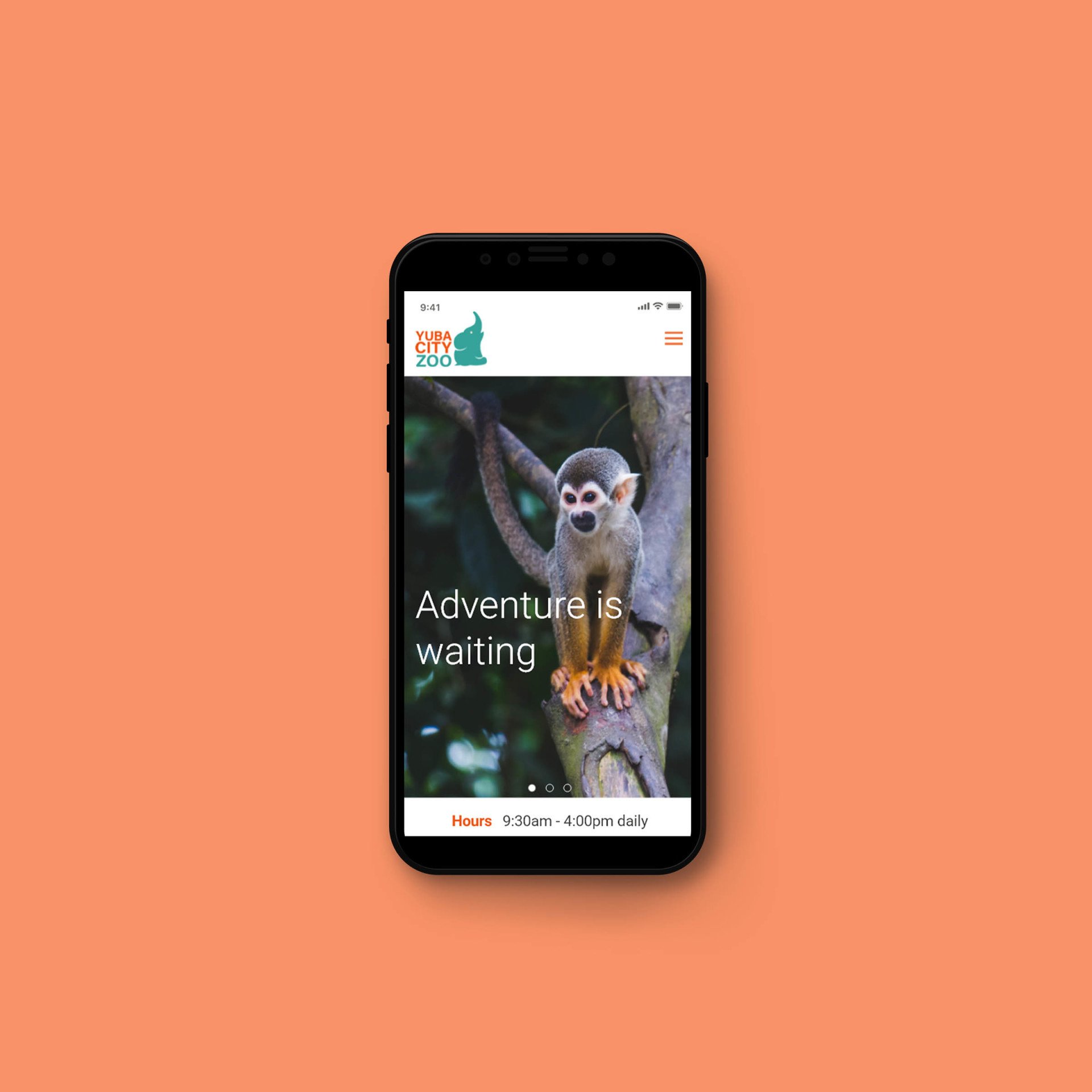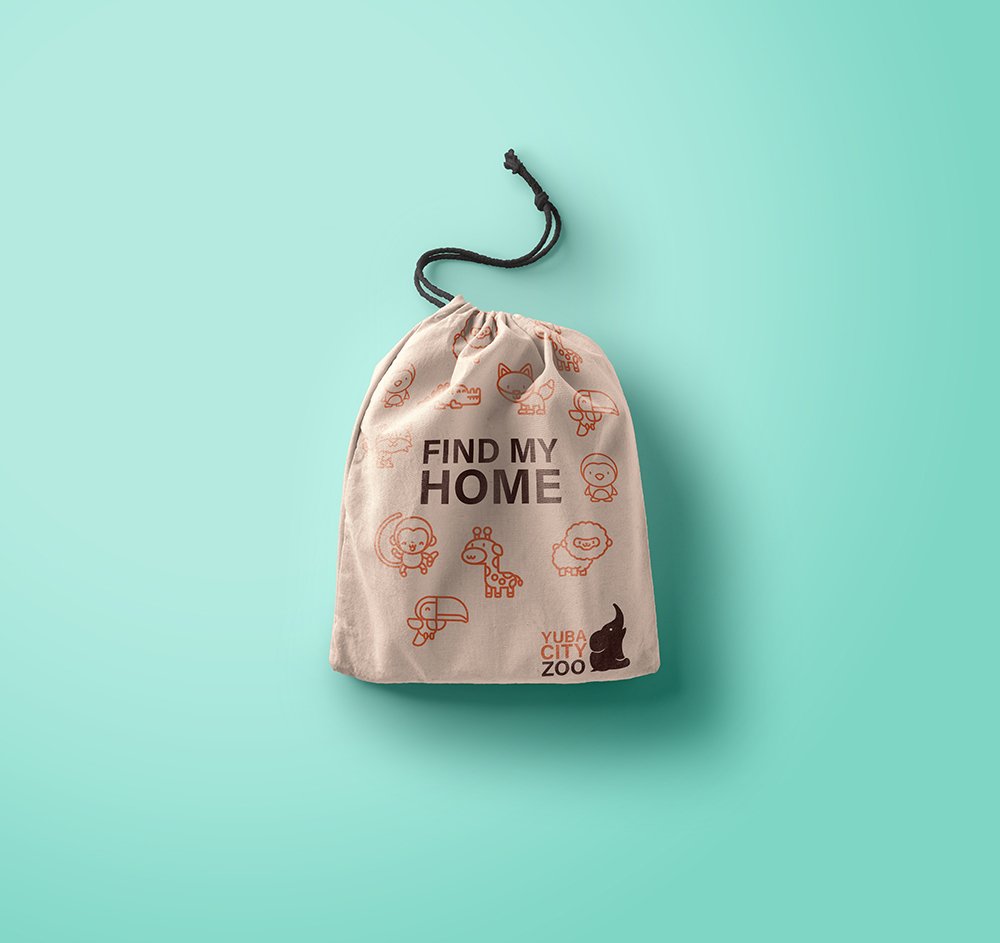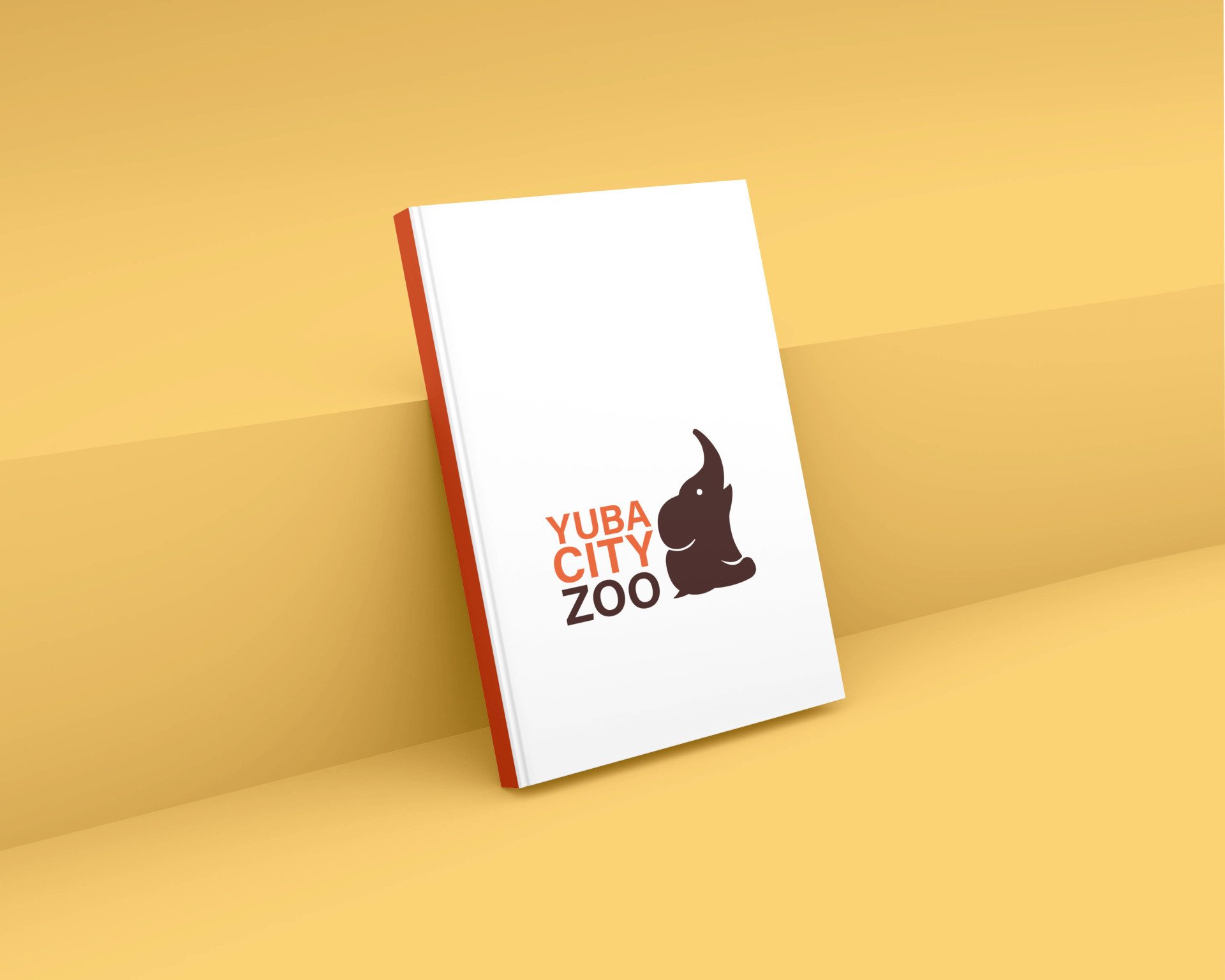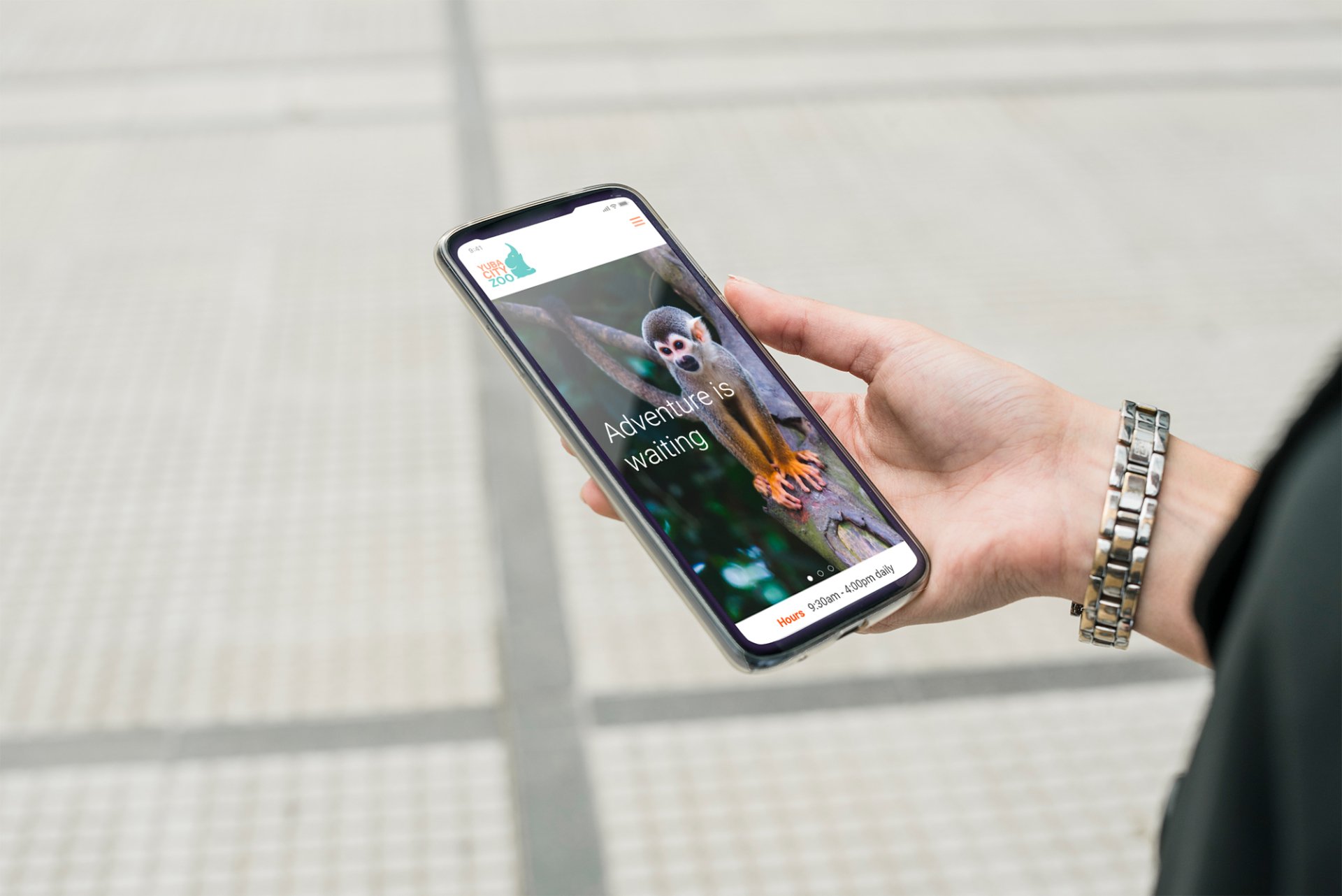
GOALS
Design a product that families could utilize to make their zoo visit more enjoyable.
ROLE
User Research, Information Architect, UX/UI Design, Prototyping, Testing
TARGET AUDIENCES
Parents with young children
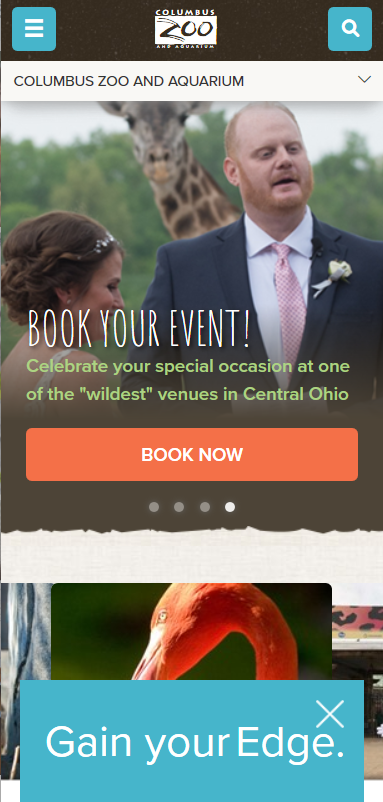
Columbus Zoo
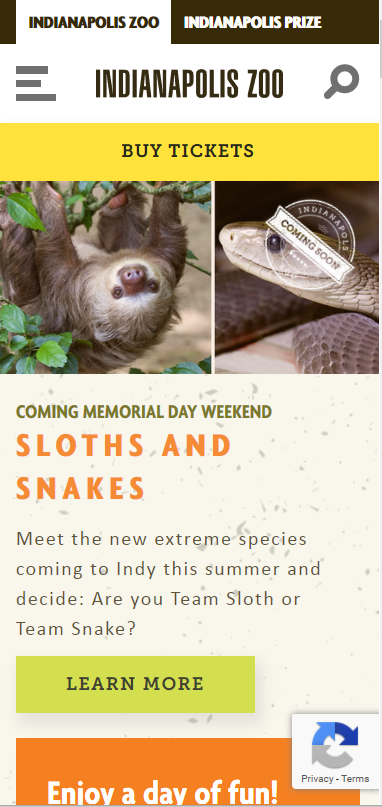
Indianapolis Zoo
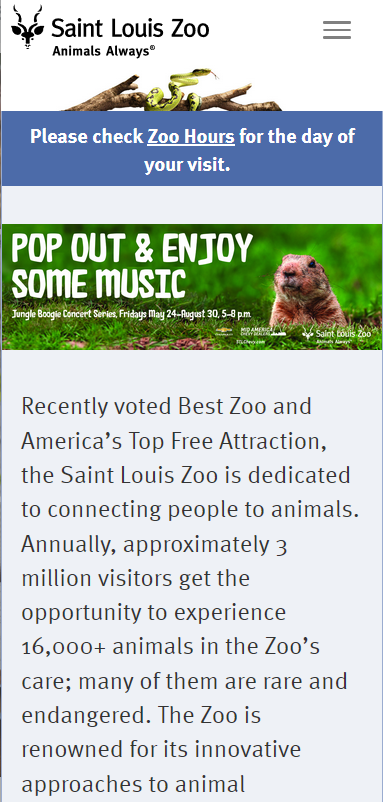
Saint Louis Zoo
To start off, I used the LEMErS framework (Learnability, Efficiency, Memorability, Error Management & Satisfaction) to conduct a heuristic evaluation of existing zoo websites. Not only did I uncover a concerning array of usability problems—ranging from a glitchy website navigation bar to the confusing and segmented way that content was organized—but also found that the websites had inconsistencies in look and feel. I later discovered during usability testing that these inconsistencies—although feeling more like a visual design issue—were actually a user experience problem, too. I analyzed the websites of the Indianapolis Zoo, the St. Louis Zoo, and the Columbus Zoo.
RESEARCH
User interviews:
To get a better real-world understanding of the problem, I underwent two user research methods. Method one was a survey. I received 14 responses regarding various aspects of the issue. Method two was to conduct several individual interviews with people of varying backgrounds who represent the target audience. I sent out a screener survey in Qualtrics to learn more about the demographics and habits of my average user. I also researched the demographic profile of zoo-goers in the U.S. I then developed a discussion guide and observation log to facilitate interviews with zoo-goers. I conducted 5 user interviews to discover what user pain points were, what their goals were, and to hear about their awesome and not-so-awesome zoo experiences. Once the interviews were finished, I did an affinity map to extrapolate trends from the research.
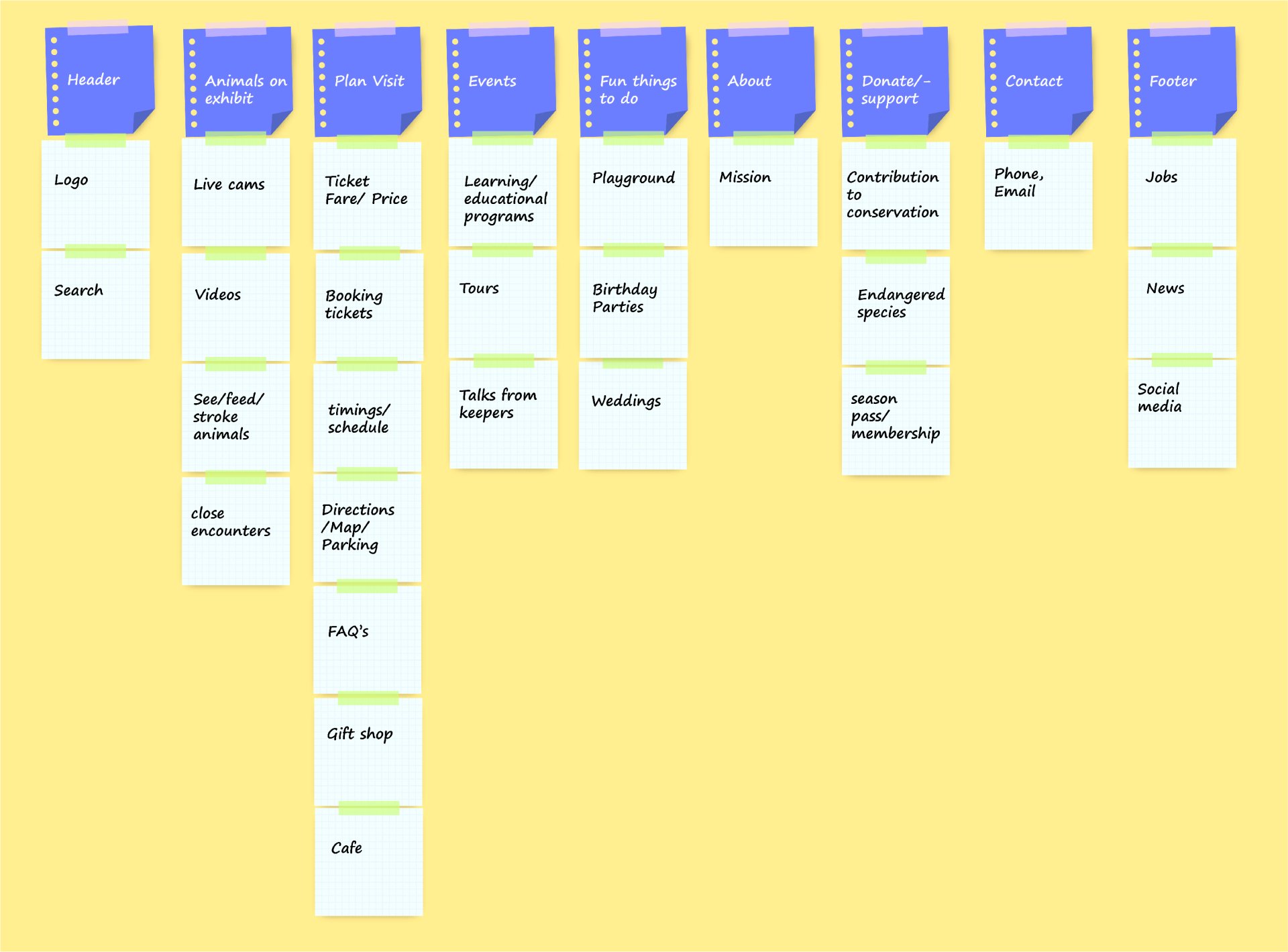

USER PERSONA
The User Persona I developed from my research is Sophia Mckenzie. I designed my solution with her wants and needs in mind.
- Name: Sophia Mckenzie
- Age: 34 yrs
Sophia is a wife and a mom to 2 children (Tyler, 3, andNicki, 2).
Needs:
- Fun activities to do with her kids. Being outside is a plus!
- Activities that are convenient with her schedule
- Opportunities to connect with friends
Frustations:
- A limited amount of time to spend with her family
- Some activities are expensive and require a large commitment
- Places that take too long to reach are a hassle
PROBLEM STATEMENT
Users are frustrated that they don’t have an engaging experience upon visiting the mobile website because it looks cluttered. Most of the zoos’ mobile websites are really just a miniature version of their desktop websites. There is too much information on them that is not useful for a mobile user.
SOLUTION
Sketches
From the data I collected, I created an ideal user flow, imagining an optimal user experience for visitors to the Yuba City Zoo website. It later developed into sketches of an experience map, which captured the user’s journey within the website. From there, I decided what actions and features were crucial and beneficial, and designed a sitemap for the main animal page around these conclusions. I wanted to create a seamless experience for my target users by emphasizing simplicity, but keeping a balance between categorizing animals based upon their classes in addition to their habitats, as both options were needed.
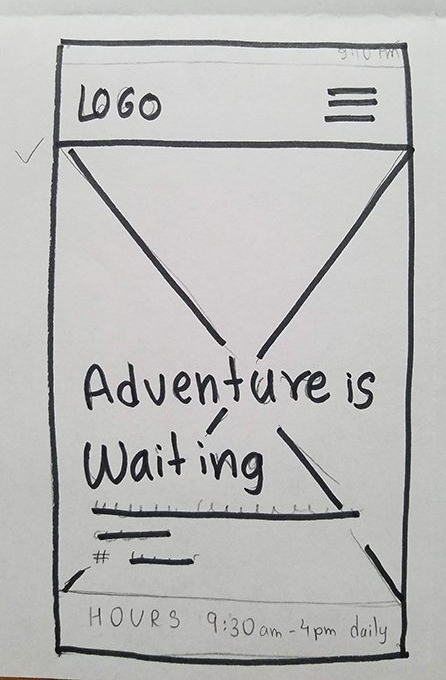
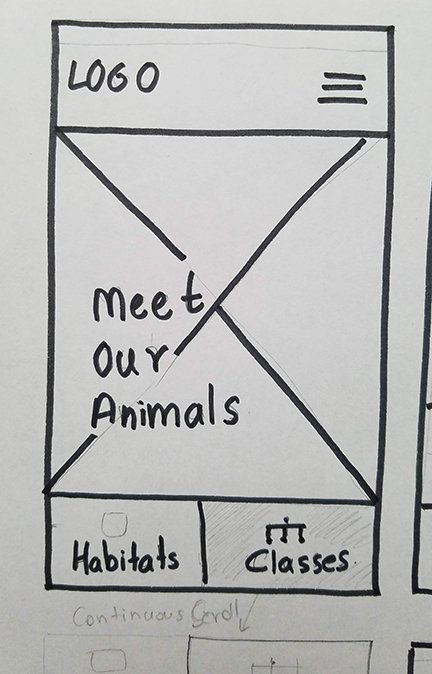

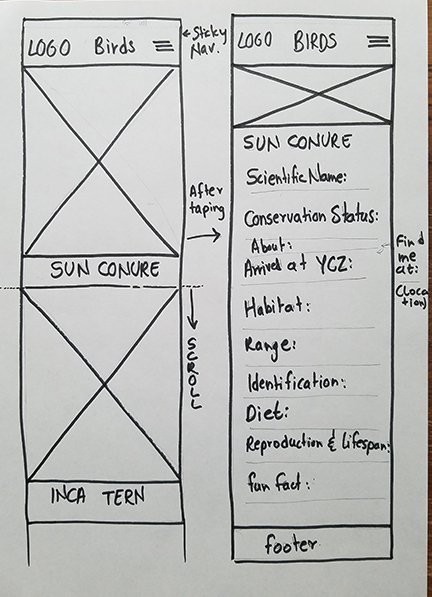
Wireframes:
Based on the results of the user research, I re-organized the navigation path that lets users easily move between important pieces of content. Users were delighted with how quickly they could find specific animals that were categorized by their respective classes and habitats. A set of wireframes were made before committing to the final design, taking all these research points into account.
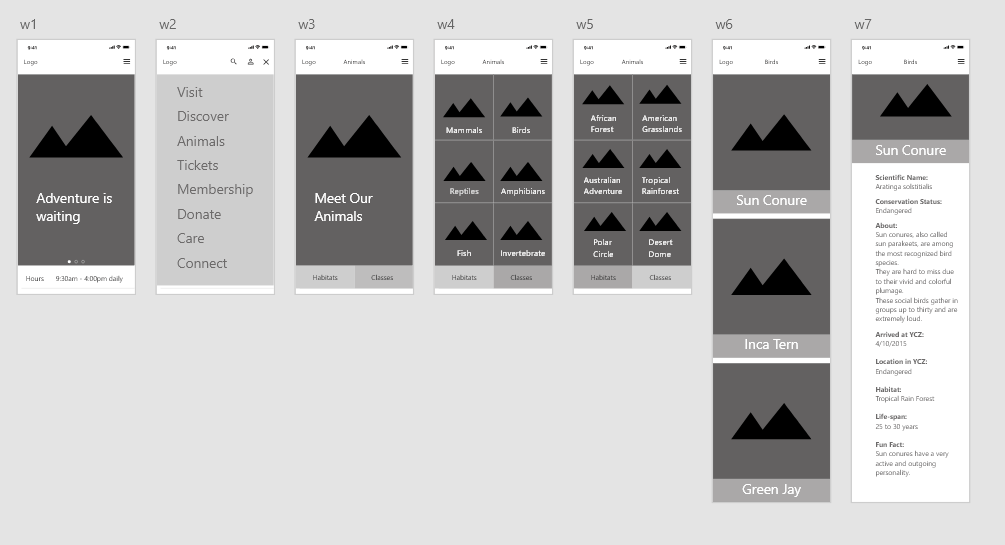
High Fidelity Screens:
The high-fidelity screens with a working prototype are included below. As far as visual design language goes, I wanted to keep things as minimal and clean as possible, with a playful interplay of image and type. I chose to keep the amount of information on the landing page to a minimum, striving for a simple aesthetic over cognitive overload.
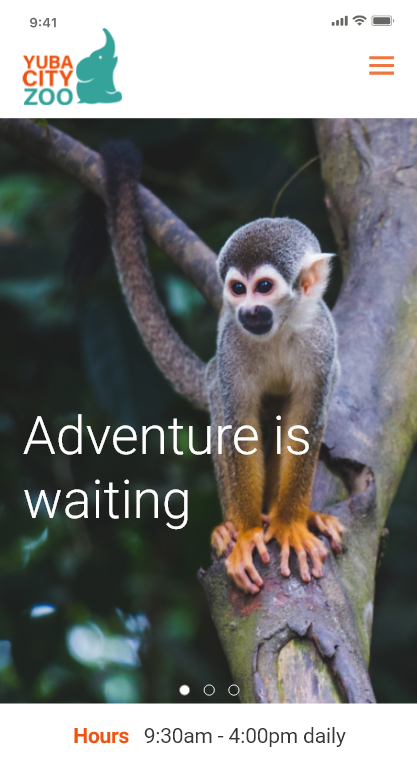
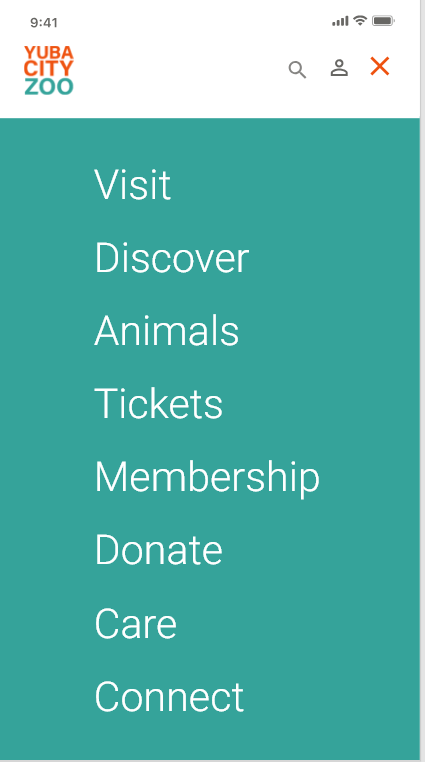
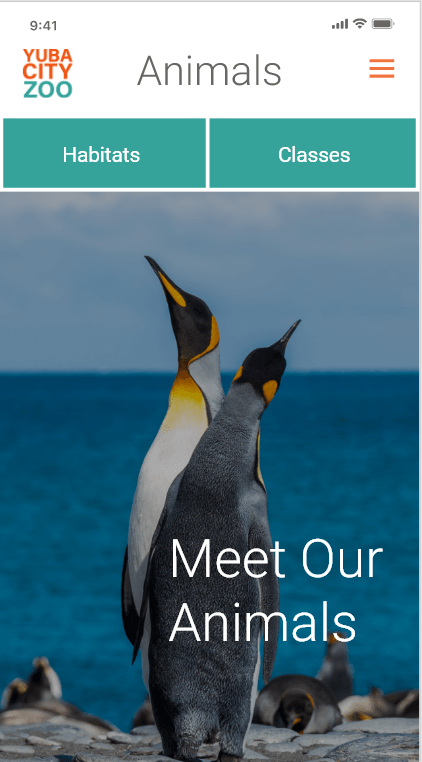
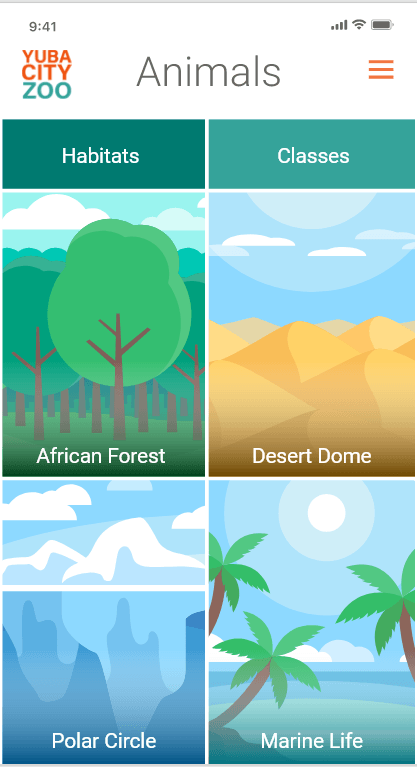
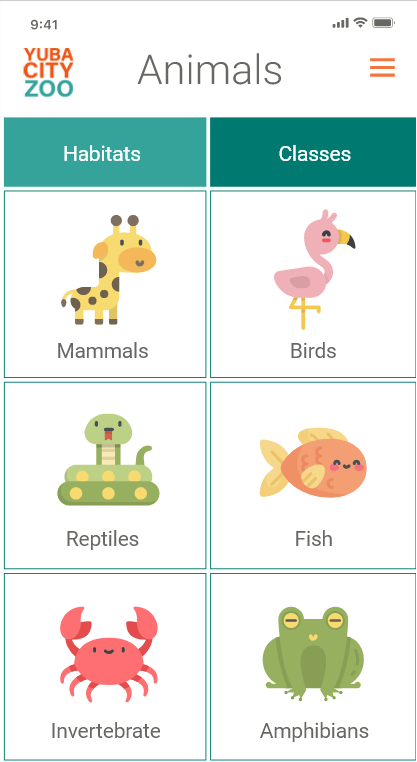

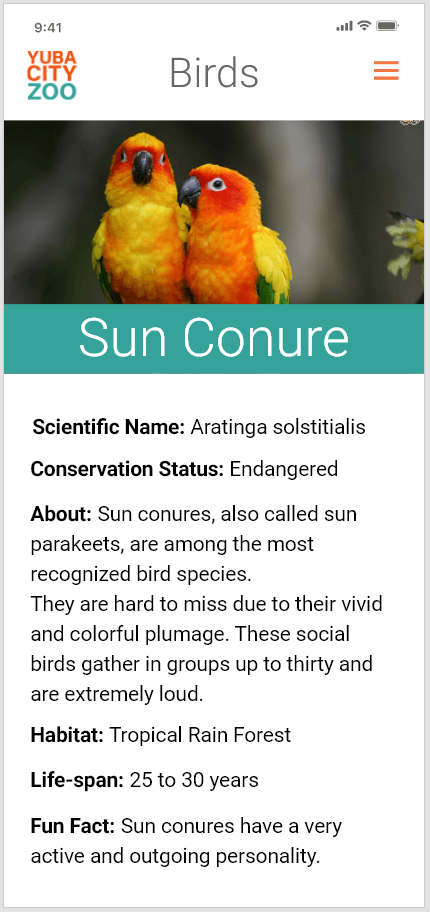
MOVING FORWARD
There is still a lot more to explore with the Yuba City Zoo. How can the digital experience be translated in the physical space? How can the zoo map be made interactive to help users navigate in real time? Can I devise other ways to allow zoo-goers to share and review their zoo experiences? These are just some of the questions I’d like to expand on as I continue to work on this project.
